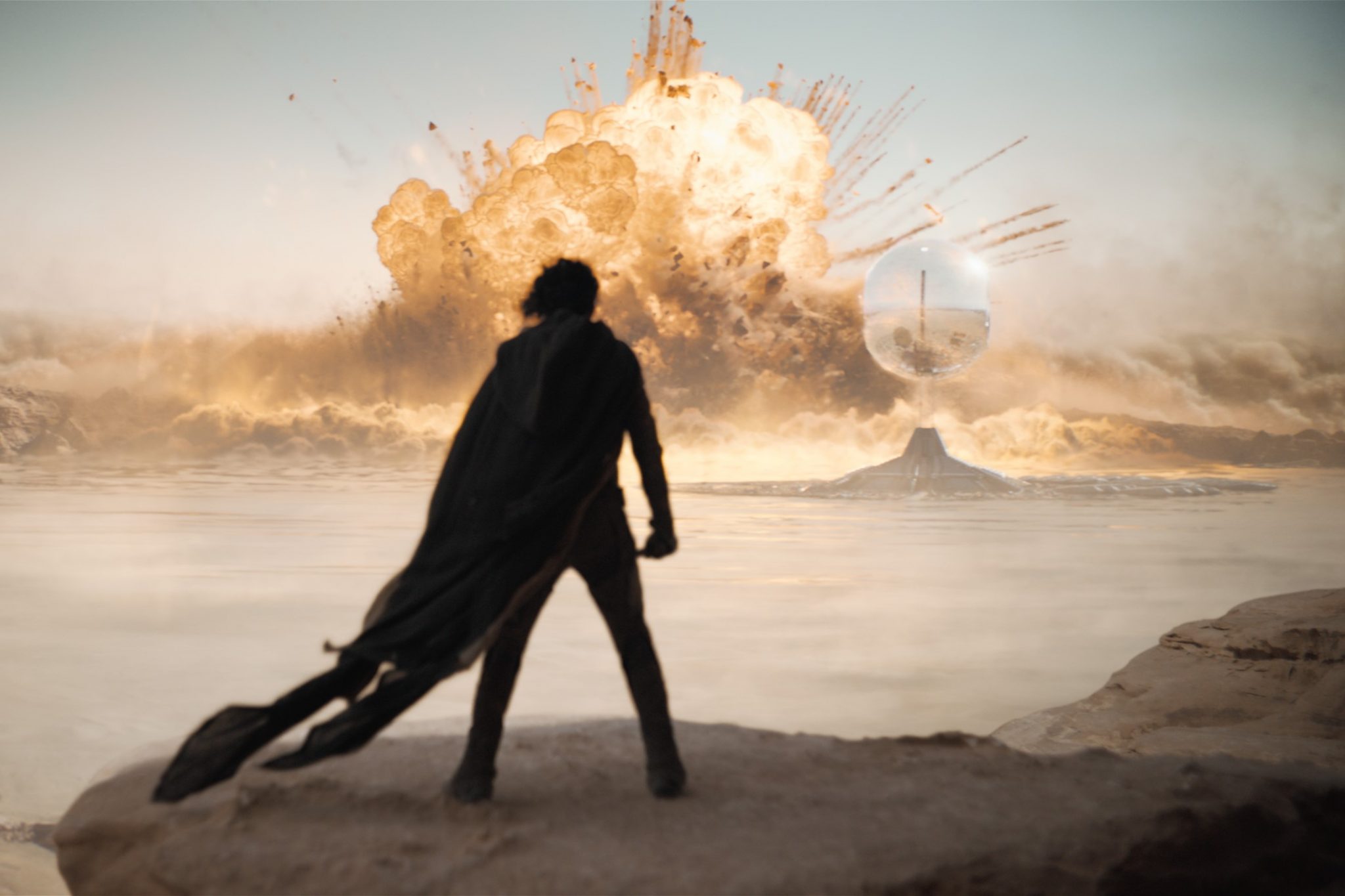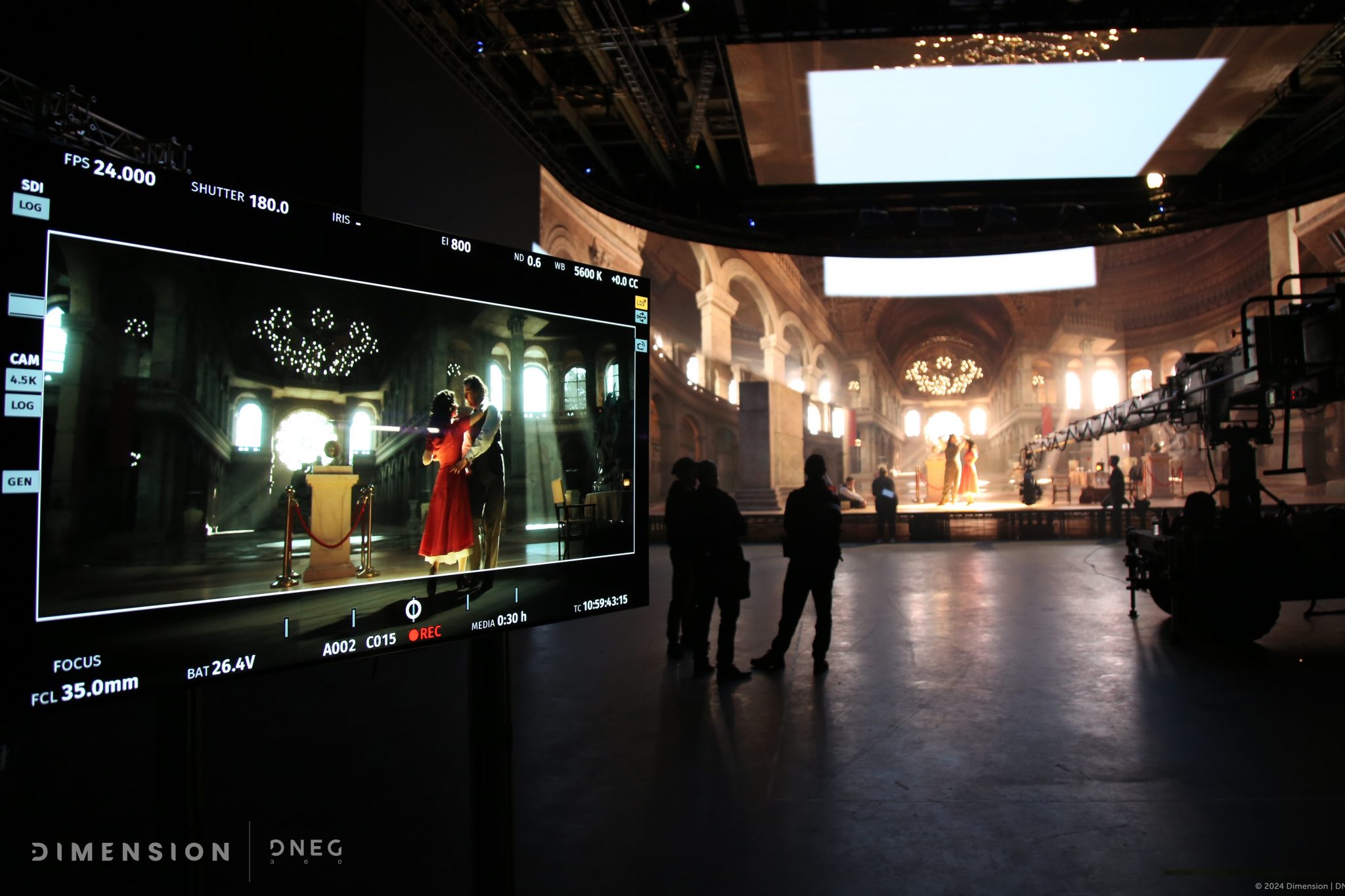The studio brought the post-apocalyptic world and its beloved characters to life, as one of the show’s main VFX partners.
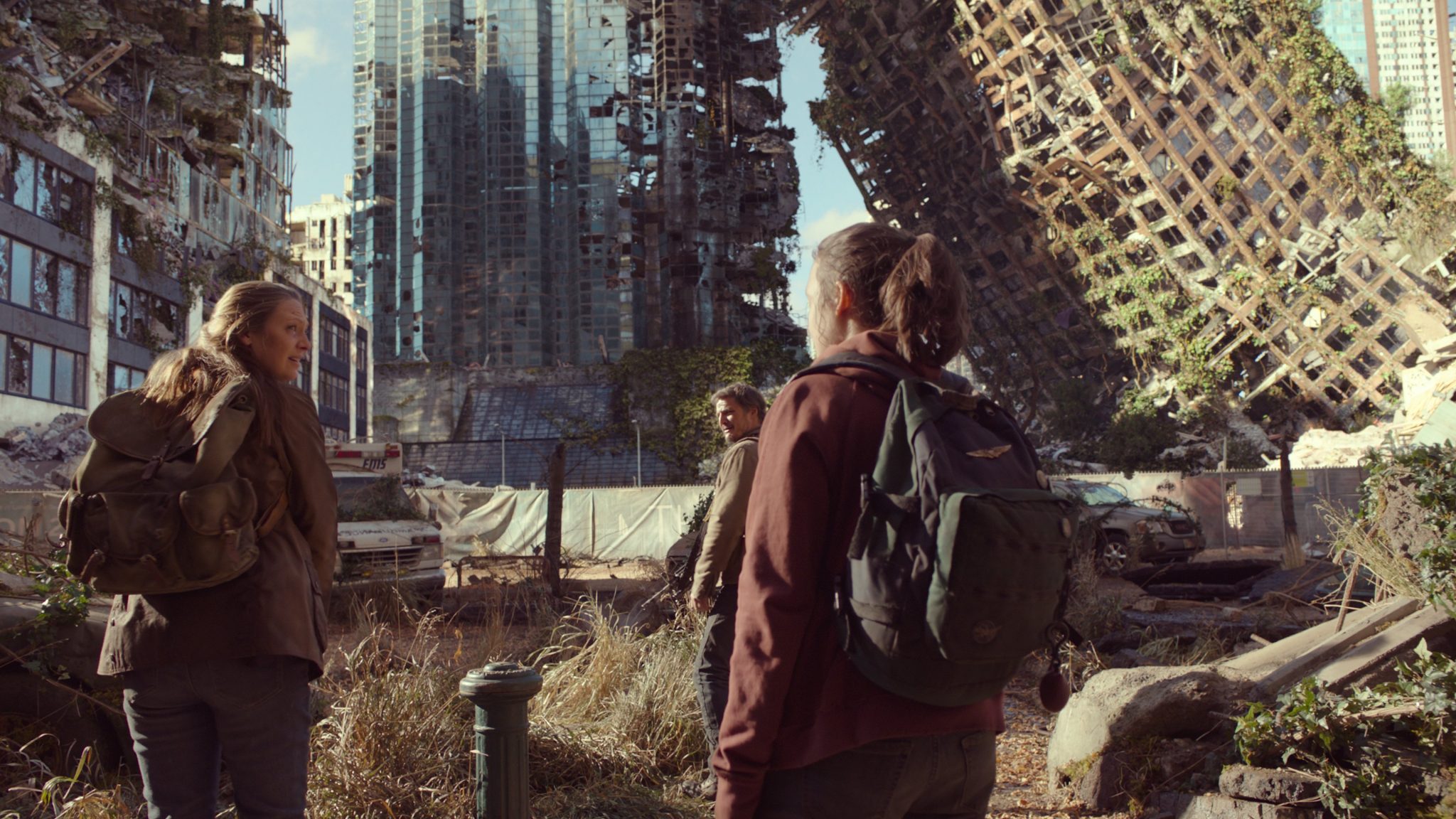
The Last of Us tells the dramatic story of the critically acclaimed survival horror game of the same name. HBO’s adaptation of the Naughty Dog game brings to life the post-apocalyptic world and beloved characters that have made the game one of the most popular of all time. Twenty years in the future, when modern civilization is destroyed by a sweeping infection, one harrowed survivor, Joel (Pedro Pascal), must protect fourteen-year-old Ellie (Bella Ramsey) – who may be humanity’s last hope.
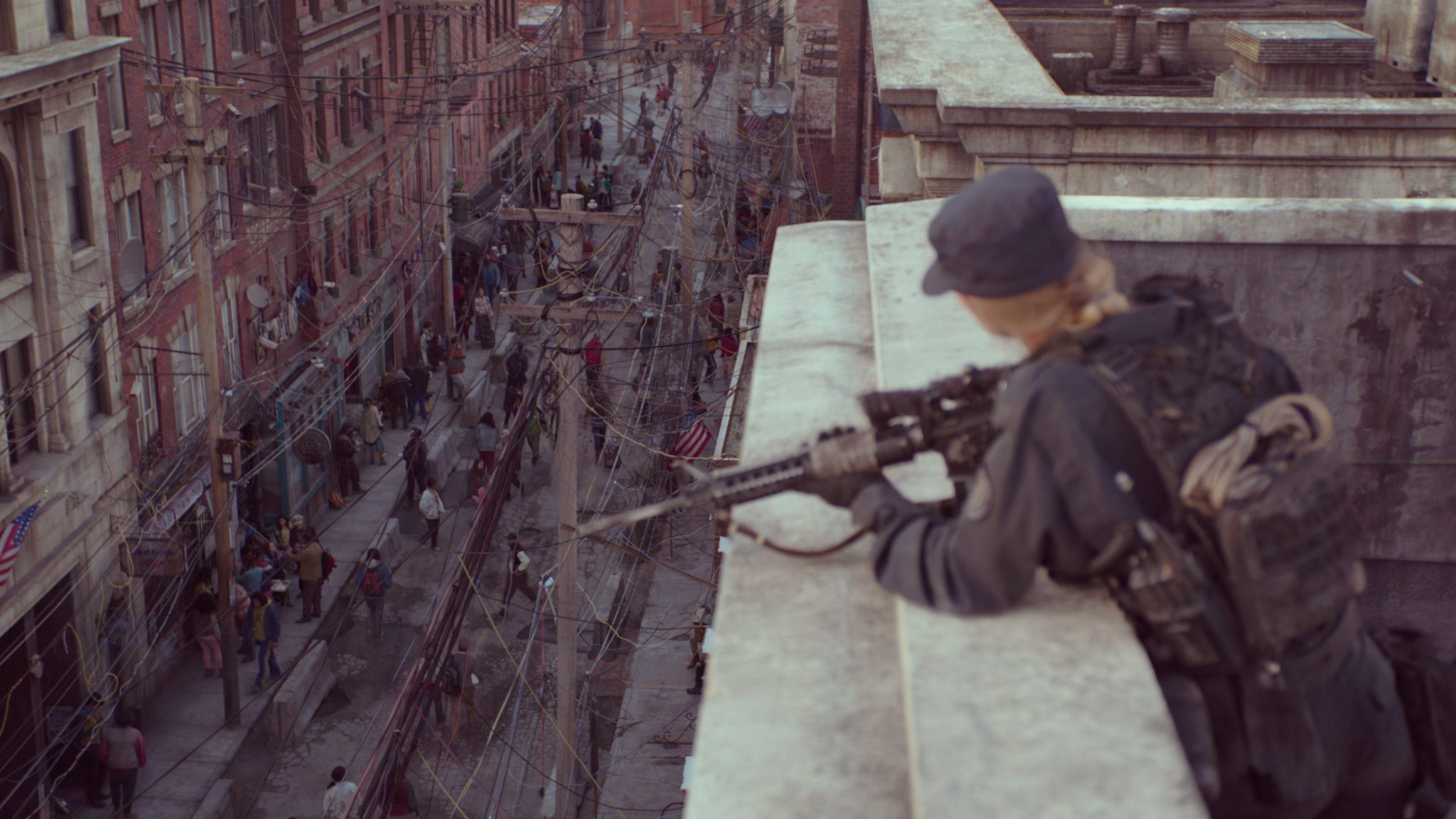
As one of the main VFX partners for the show, DNEG used a wide range of techniques to bring the world of The Last of Us to life by constructing skylines, destroying buildings and adapting landmark locations.
It was incredibly important to do justice to the games and the phenomenal work that Naughty Dog carried out in crafting this world. We knew we needed to achieve a level of photorealism that would allow the visual effects to be completely seamless.
Nick Marshall, DFX Supervisor at DNEG
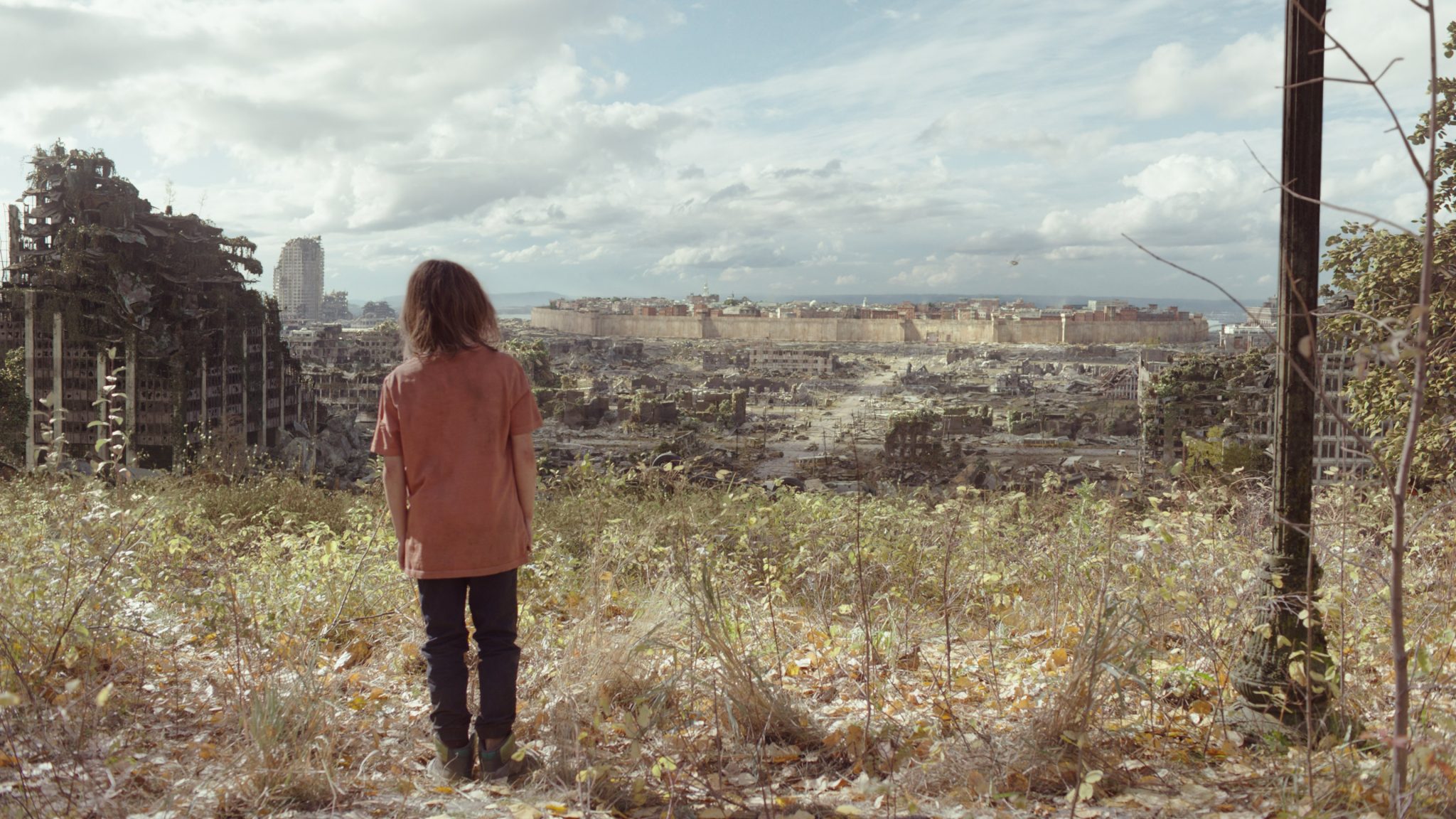
To achieve this seamless integration of visuals and story, the team compiled extensive reference of real-world locations to inform their decision making on abandoned structures and communities, vehicles left exposed to the elements, collapsed buildings, and how degradation occurs under different conditions. They also travelled to the show’s key locations to photograph reference areas to then recreate them as the photo-real environments seen in the show.
Our build department created more than 25 unique building assets for our Boston sequences to match buildings from the location shoot in Alberta, as well as Boston architecture. These assets all had full interior structures as well as dressing. Our environment and FX teams ran destruction simulations on each, adding additional debris and set dressing such as moving blinds and wires, and our environments team designed procedural ivy set-ups and vegetation scatters for each hero building.
Melaina Mace, CG Supervisor at DNEG
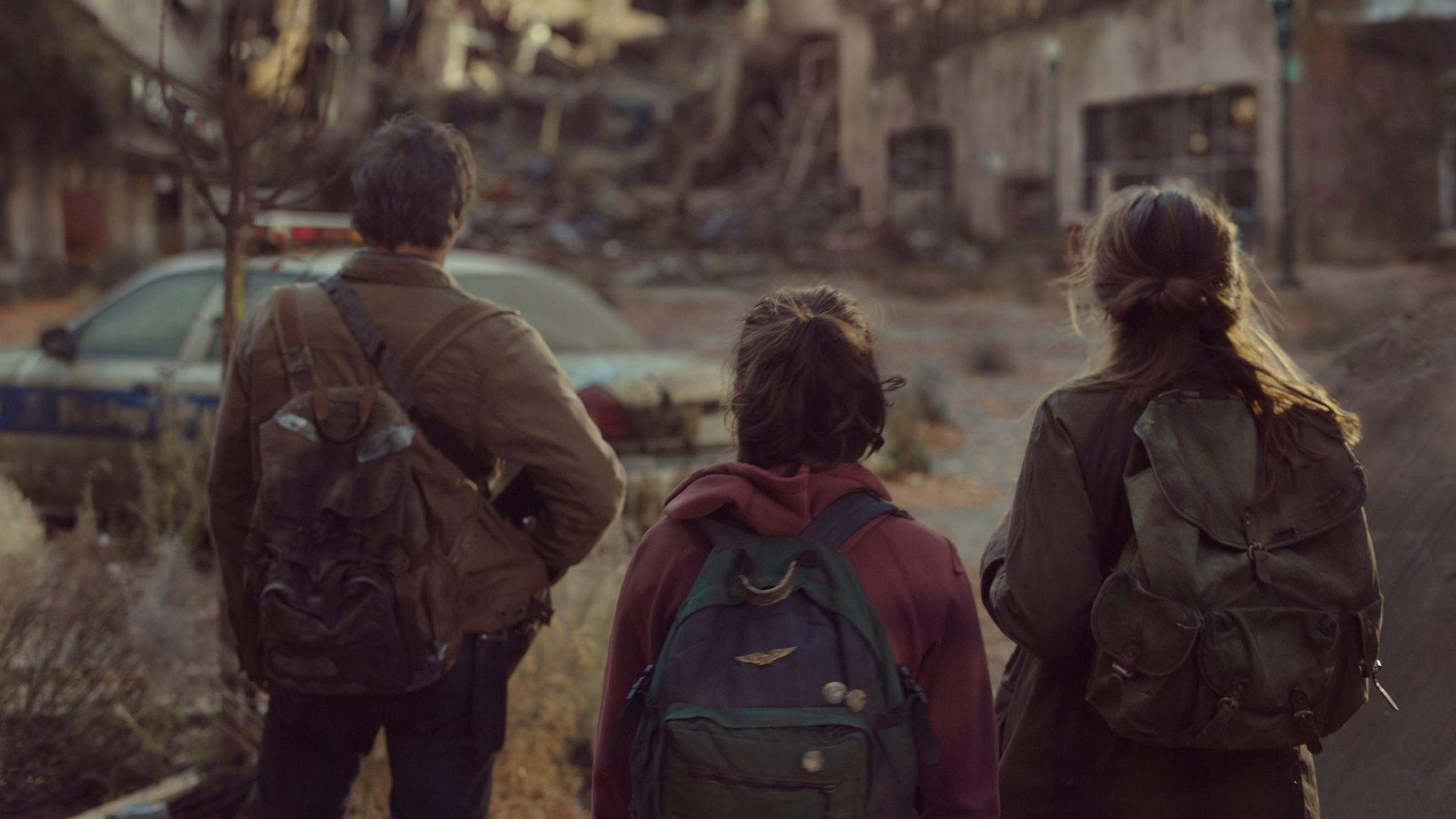
The DNEG team did not cut any corners when it came to the design of the environments, and spent a lot of time ensuring that nothing existed simply for the sake of it. For instance, they made sure that vegetation growth was heavier in areas where moisture and light were prevalent. Most of the vegetation was procedural, created in Speedtree, and then procedural scattering techniques in Houdini and Clarisse were used to populate the scenes. The ivy systems, created by DNEG’s Environment Supervisor Adrien Lambert, were a complex procedural setup of multiple ivy genus that allowed for control of interconnecting living and dead growth.
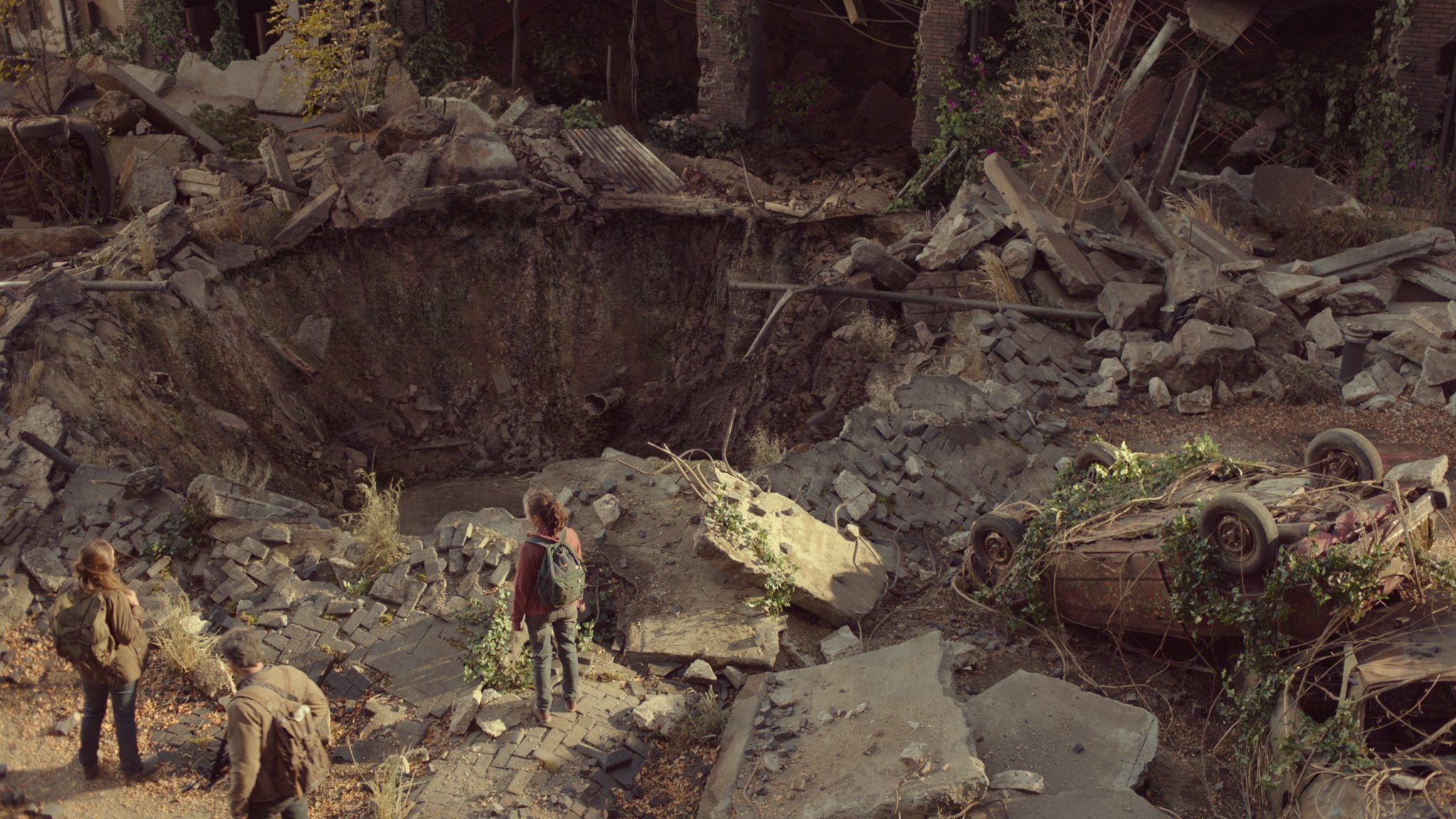
One of the most challenging locations for the team to create was the rooftop of the Bostonian Museum, which required an elaborate and accurate build of a specific Boston district. The team utilised photogrammetry and open source data in conjunction with their location photography to extensively build out downtown Boston, and used the city bombing as a justification to alter the skyline just enough to allow all the narrative points in the short sequence to be hit, including the final unobstructed view of the Statehouse.
What I’ve always loved about The Last of Us games is that each environment told many stories, and set the tone for the characters and the players along with them. What happened there on outbreak day? Who has passed through since then? How did mother nature reclaim it? We always started with this and encouraged the artists on our team to tell their own story. Depending on the sequence, we would dial between finding inspiration from the games, the real world locations, and the on-set production design to bring the story to life.
Stephen James, VFX Supervisor at DNEG
The Last of Us premiered on 15 January 2023 on HBO to an audience of over 4 million globally.






